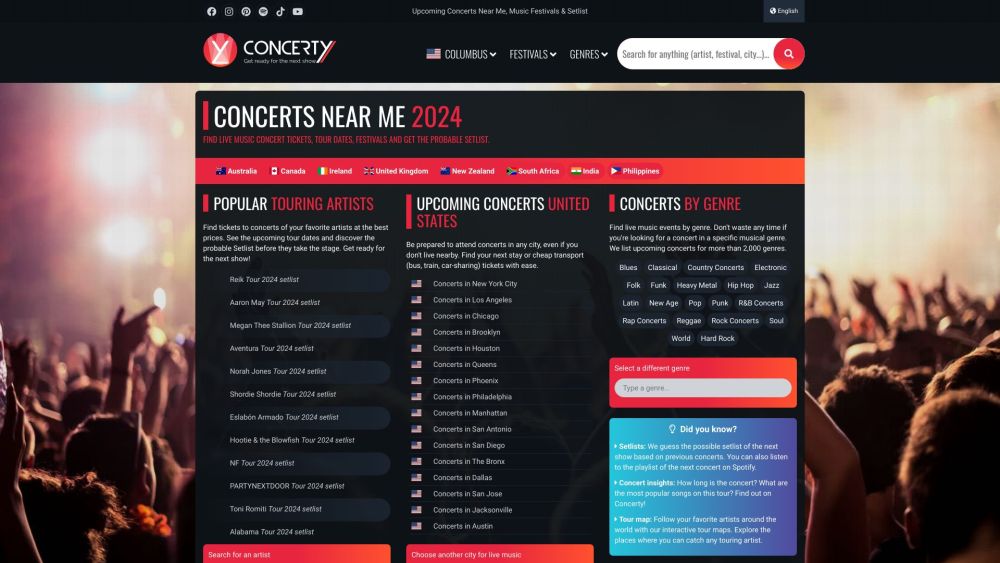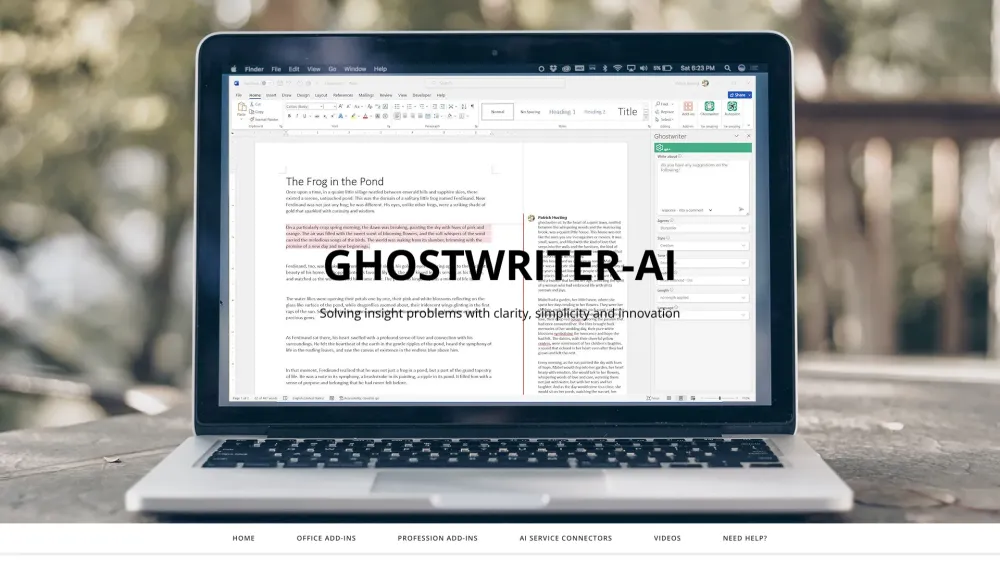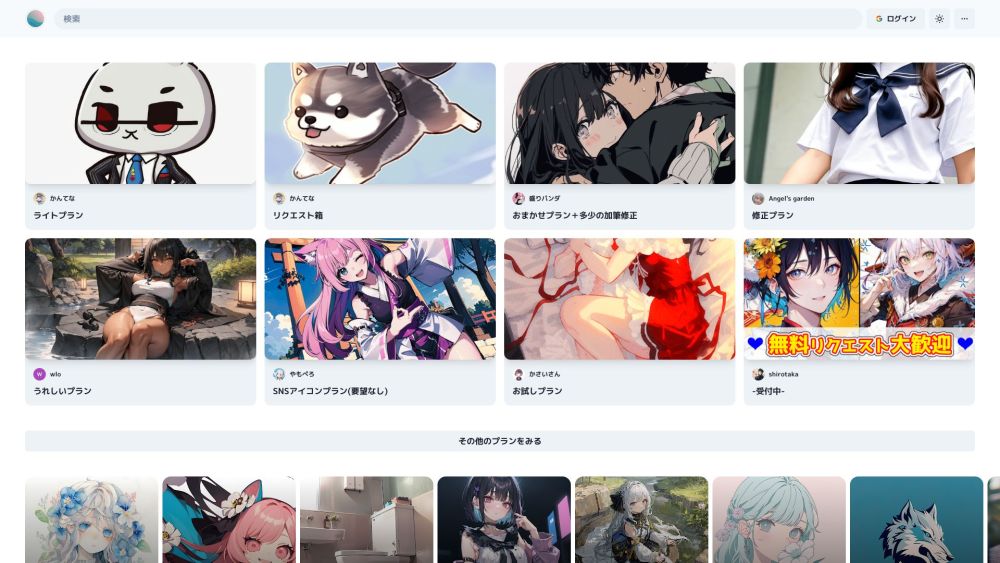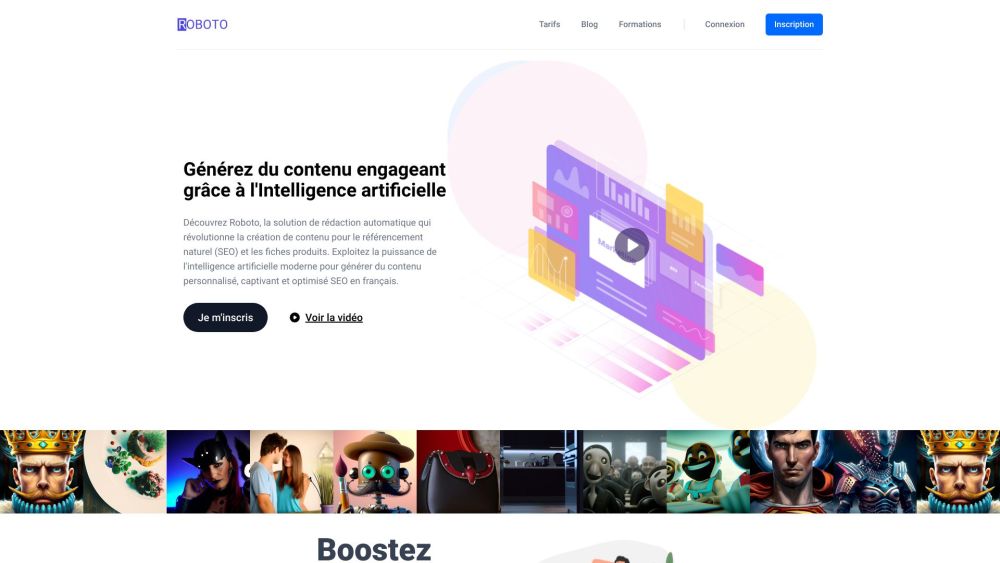Introducing GPT-4 Turbo with Visual Capabilities: A New Era of Visual and Language Integration
Most people like

Explore the vibrant world of live music with our comprehensive guide on tickets, festivals, and setlists. Discover how to secure your spot at the hottest events, catch the latest performances, and keep up with the setlists from your favorite artists. Join us in celebrating the electrifying atmosphere of live concerts and the unforgettable experiences they bring!

Transform Your Microsoft Office Experience with Revolutionary AI Solutions
Unlock the full potential of Microsoft Office with groundbreaking AI innovations designed to enhance productivity and streamline your workflow. Discover how these advanced tools can revolutionize the way you create, collaborate, and communicate within your favorite Office applications. Whether you’re looking to automate tedious tasks or elevate your document creation, our AI solutions are here to redefine your Microsoft Office experience.

Discover Prompton, an innovative AI illustration platform that provides a diverse range of design services tailored to your creative needs.
Find AI tools in YBX



